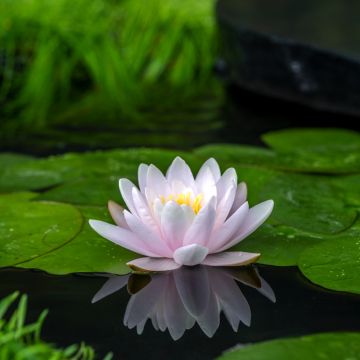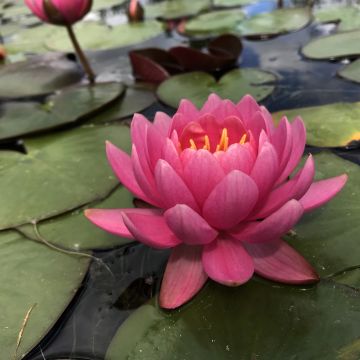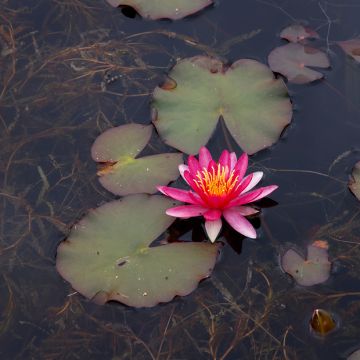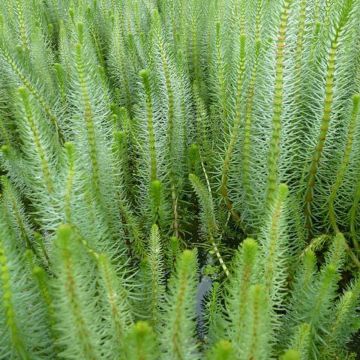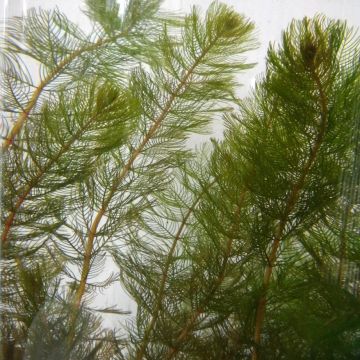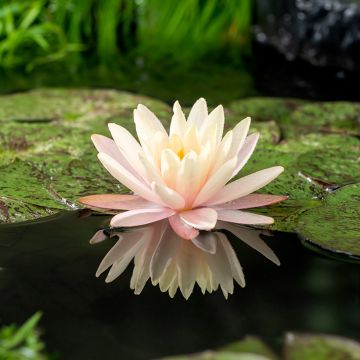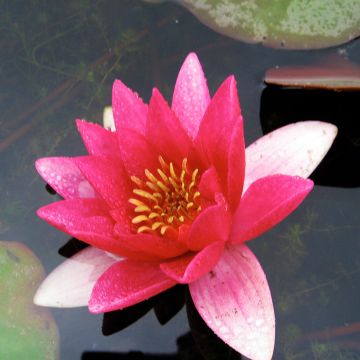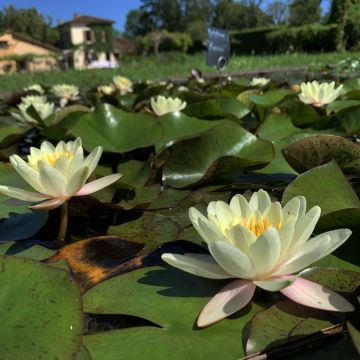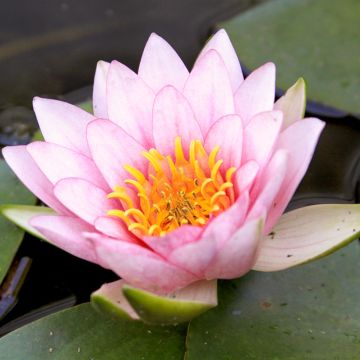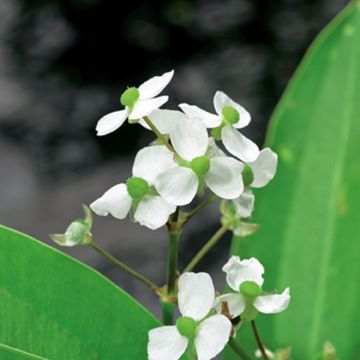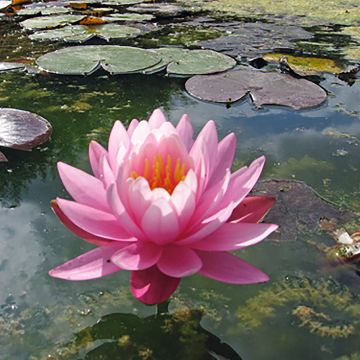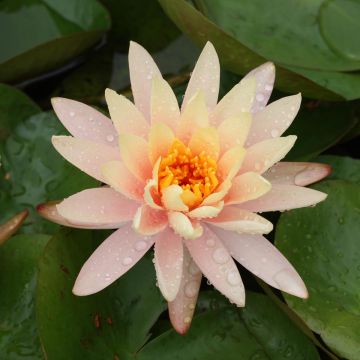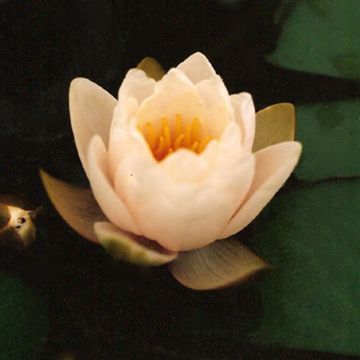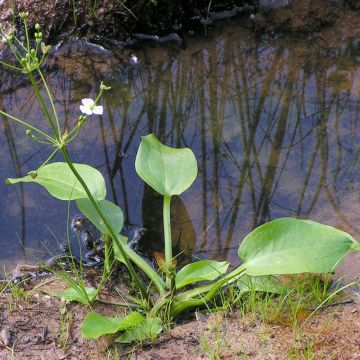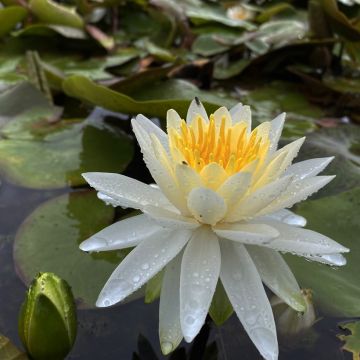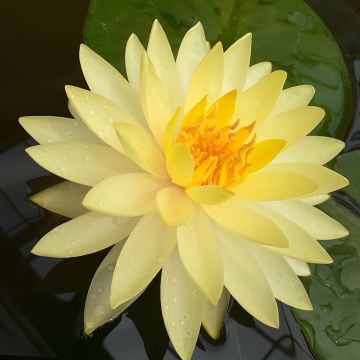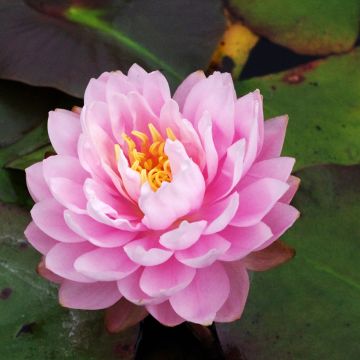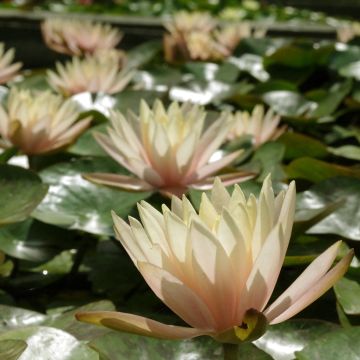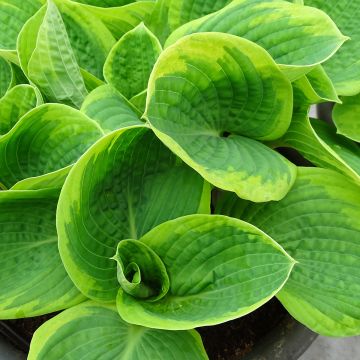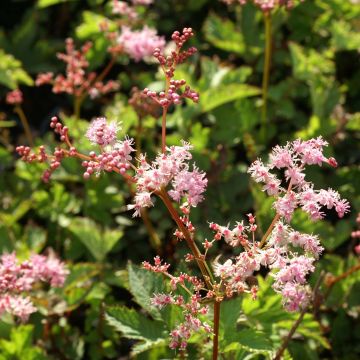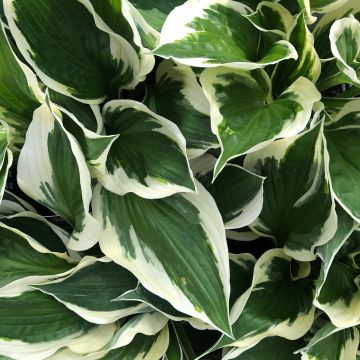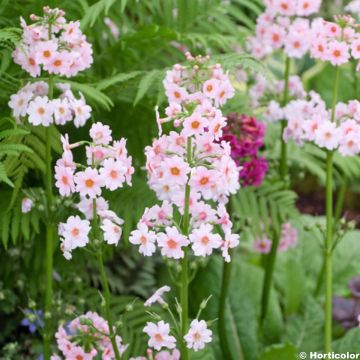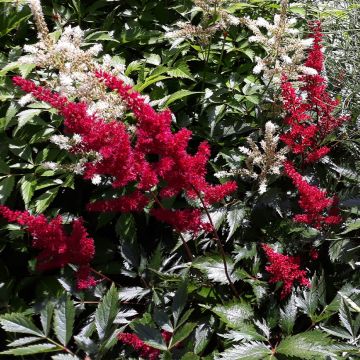

Nymphaea St. Louis Gold - Water lily


Nymphaea St. Louis Gold - Water lily


Nymphaea St. Louis Gold - Water lily
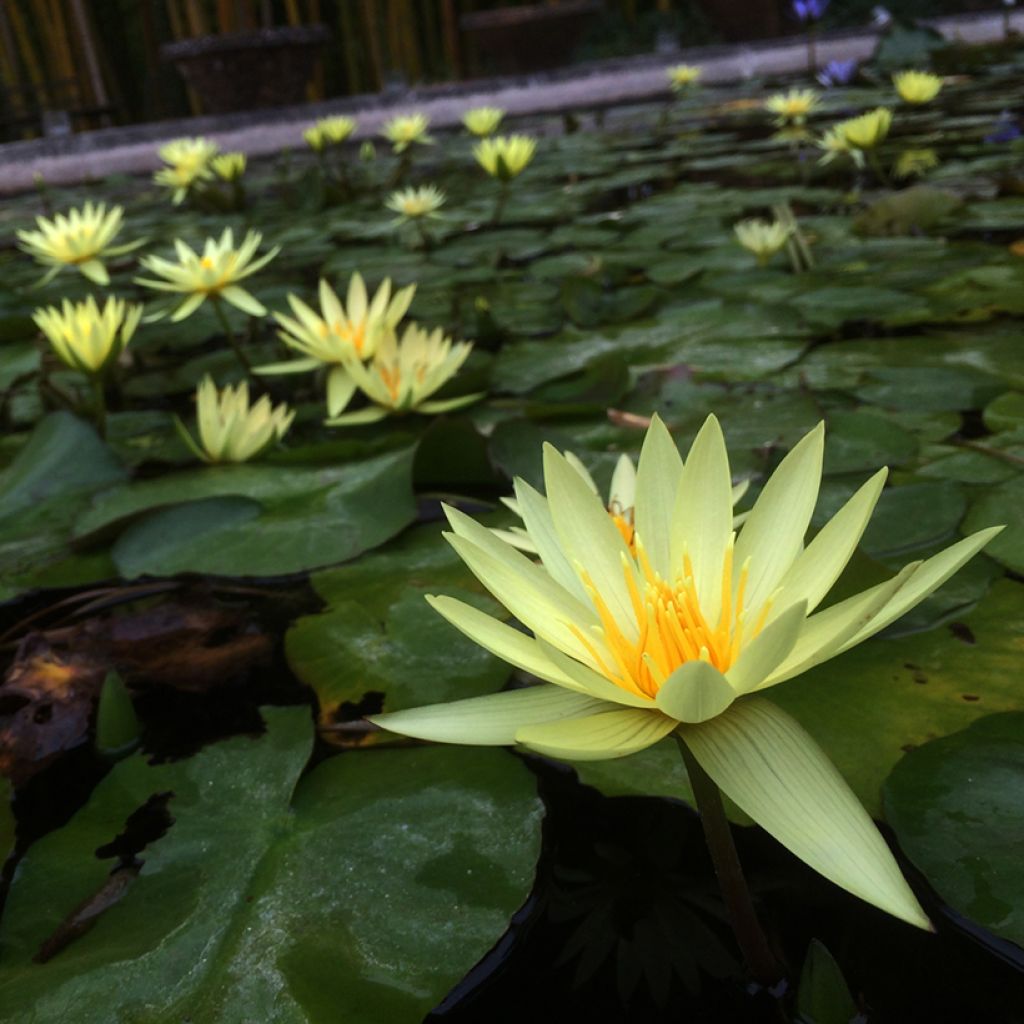

Nymphaea St. Louis Gold - Water lily
Nymphaea St. Louis Gold - Water lily
Nymphaea St. Louis Gold
Water Lily, Waterlily
Special offer!
Receive a €20 voucher for any order over €90 (excluding delivery costs, credit notes, and plastic-free options)!
1- Add your favorite plants to your cart.
2- Once you have reached €90, confirm your order (you can even choose the delivery date!).
3- As soon as your order is shipped, you will receive an email containing your voucher code, valid for 3 months (90 days).
Your voucher is unique and can only be used once, for any order with a minimum value of €20, excluding delivery costs.
Can be combined with other current offers, non-divisible and non-refundable.
Why not try an alternative variety in stock?
View all →This plant carries a 6 months recovery warranty
More information
We guarantee the quality of our plants for a full growing cycle, and will replace at our expense any plant that fails to recover under normal climatic and planting conditions.
Description
The Nymphaea 'St. Louis Gold' is a beautiful lemon yellow tropical water lily with relatively modest growth but is very floriferous and easy to cultivate for this variety. Its flowers with pointed petals gracefully rise above beautiful marbled leaves from spring to autumn. Like all tropical water lilies, it can spend the summer outdoors but must be overwintered between 12 and 15 °C.
The Nymphaea 'St Lous Gold' is a horticultural creation by Pring (Missouri, U.S.A) dating back to 1956. It is a perennial with deciduous foliage belonging to the Nymphaeaceae family. This plant develops numerous floating leaves measuring up to 15 cm in diameter on a mature plant, starting from spring. They are rounded and glossy on the top. The young leaves are heavily marbled with purple-brown, then become greener while retaining the marbling. The medium to small vigour plant will reach 25 cm in height when flowering and spread over 60 to 70 cm. The abundant and prolonged flowering begins in May and lasts until October. The solitary flowers, measuring 10 cm in diameter, can easily rise to 25 cm above the water surface. The corollas, composed of thin petals of pure lemon yellow, display a bouquet of golden yellow stamens. They open around 10 a.m. and close around 5 p.m. Each flower lives for 4 to 5 days before wilting; it returns underwater and is replaced by another flower. The flowering is followed by the formation of fruits containing numerous seeds. The fruit ripens underwater and releases floating seeds that eventually sink and germinate in the mud. Tropical water lilies cannot survive the winter outdoors in our climate. They must be planted in a container that is easy to move in spring and autumn.
Plant only one rhizome of this Nymphaea 'St Louis Gold' per container of 14 to 20 litres, submerged under 20 to 60 cm of water. More exotic than hardy water lilies, often highly fragrant, including blue in their colour palette, tropical water lilies deserve some attention. They are collectable aquatics that are among the most beautiful pond plants. Most of them bloom longer than hardy varieties until early autumn. To bloom abundantly, tropical species need at least 6 to 7 hours of direct sunlight per day and water around 20°C during the growing season. They are also nutrient-demanding plants that require regular fertilization.
The genus name comes from the Greek nymphaia and the Latin name nymphaea, which means "water lily". The nymphs of Greek and Latin mythology inspired them. Nymphaea bears flowers that are sometimes diurnal, sometimes nocturnal, and occasionally fragrant.
Report an error about the product description
Nymphaea St. Louis Gold - Water lily in pictures


Flowering
Foliage
Plant habit
Botanical data
Nymphaea
St. Louis Gold
Nymphaeaceae
Water Lily, Waterlily
Cultivar or hybrid
Other Aquatic perennials
View all →Planting and care
Tropical water lilies love warmth and cannot tolerate our winters, so they must be protected from the cold. Each rhizome of the 'St Louis Gold' water lily should be planted in a container of 14 to 20 litres submerged in 20 to 60 cm of water. Choose a lightweight and easy-to-move model (such as a plastic pot with drainage holes). When the water temperature reaches around 20 °C, the container should be moved outside and immersed in a pond, tub, or barrel. Plant the rhizomes in loamy soil, rich in clay, sticky, and free of stones (never use potting soil, as it is too light and promotes algae growth). The use of open baskets is strongly discouraged. Fill your container up to 5-8 cm from the edge. Plant your rhizomes vertically, burying them in the soil up to the neck. Place 2 to 3 Osmocote cones (NPK formula: 10-11-18+2MgO+TE) around the rhizome, burying them 5 or 10 cm into the soil. Place a layer of pumice 2-3 cm thick to secure everything. Water the substrate with the watering can to saturate it. Place the container at the correct depth in the pond or tub. Provide these tropical water lilies with a very sunny location where they will receive a minimum of 6 to 7 hours of full sun daily. Each rhizome should have about 1 m² of water surface to develop properly. Repeat the fertiliser application two to three times between April and August.
To help the vegetation start, place the containers against a south-facing wall around April (depending on the region). Then, position them in their final location (for the season) as soon as frost is no longer a concern and temperatures reach 20 °C. Ensure that the water level remains relatively stable and that the water is neither too acidic nor too alkaline (desirable pH between 6.5 and 7.5).
Wintering: Tropical water lilies must be overwintered if not grown year-round indoors in a heated room. Outside, leave them in place until real frosts are expected. The natural decrease in water temperature is favourable for the formation of bulblets around the mother rhizome and for the plants to enter dormancy. Overwinter your tropical water lilies in their container, which you will place in a 100 to 200-liter container, ensuring the water temperature is maintained between 12 and 15 °C. Place everything in a bright room, such as a cold greenhouse or conservatory. In March, the rhizomes start growing. This is the time to divide and replant them for placement at the end of April or early May.
You can also remove the rhizome and bulblets from the water in late November, rinse them thoroughly, and store them in sphagnum or blonde peat enclosed in a "zip" bag. Place everything in a room maintained at 20°C out of the water. Replant your rhizomes and bulblets in spring when the water temperature reaches 20°C again. Start the culture in a small volume of water that heats up well during the day, for example, in a small basin exposed against a south-facing wall. Place them in their final location as soon as growth is well underway.
Never leave the rhizomes of Nymphaea exposed to the sun or air to prevent them from drying out; plant them as soon as you receive or purchase them.
If you have fish in your pond, it is preferable to spread a thick layer of large gravel on the surface of the planted pot to discourage them from digging in the soil, nibbling on the rhizomes, and thus dirtying the water. During the summer, remove excessive leaves that grow in the centre of the clump and keep only the most vigorous ones. Also, remove any yellowed or stained leaves and emergent aquatic "weeds" from the surface.
Planting period
Intended location
Care
This item has not been reviewed yet - be the first to leave a review about it.
Similar products
Haven't found what you were looking for?
Hardiness is the lowest winter temperature a plant can endure without suffering serious damage or even dying. However, hardiness is affected by location (a sheltered area, such as a patio), protection (winter cover) and soil type (hardiness is improved by well-drained soil).

Photo Sharing Terms & Conditions
In order to encourage gardeners to interact and share their experiences, Promesse de fleurs offers various media enabling content to be uploaded onto its Site - in particular via the ‘Photo sharing’ module.
The User agrees to refrain from:
- Posting any content that is illegal, prejudicial, insulting, racist, inciteful to hatred, revisionist, contrary to public decency, that infringes on privacy or on the privacy rights of third parties, in particular the publicity rights of persons and goods, intellectual property rights, or the right to privacy.
- Submitting content on behalf of a third party;
- Impersonate the identity of a third party and/or publish any personal information about a third party;
In general, the User undertakes to refrain from any unethical behaviour.
All Content (in particular text, comments, files, images, photos, videos, creative works, etc.), which may be subject to property or intellectual property rights, image or other private rights, shall remain the property of the User, subject to the limited rights granted by the terms of the licence granted by Promesse de fleurs as stated below. Users are at liberty to publish or not to publish such Content on the Site, notably via the ‘Photo Sharing’ facility, and accept that this Content shall be made public and freely accessible, notably on the Internet.
Users further acknowledge, undertake to have ,and guarantee that they hold all necessary rights and permissions to publish such material on the Site, in particular with regard to the legislation in force pertaining to any privacy, property, intellectual property, image, or contractual rights, or rights of any other nature. By publishing such Content on the Site, Users acknowledge accepting full liability as publishers of the Content within the meaning of the law, and grant Promesse de fleurs, free of charge, an inclusive, worldwide licence for the said Content for the entire duration of its publication, including all reproduction, representation, up/downloading, displaying, performing, transmission, and storage rights.
Users also grant permission for their name to be linked to the Content and accept that this link may not always be made available.
By engaging in posting material, Users consent to their Content becoming automatically accessible on the Internet, in particular on other sites and/or blogs and/or web pages of the Promesse de fleurs site, including in particular social pages and the Promesse de fleurs catalogue.
Users may secure the removal of entrusted content free of charge by issuing a simple request via our contact form.
The flowering period indicated on our website applies to countries and regions located in USDA zone 8 (France, the United Kingdom, Ireland, the Netherlands, etc.)
It will vary according to where you live:
- In zones 9 to 10 (Italy, Spain, Greece, etc.), flowering will occur about 2 to 4 weeks earlier.
- In zones 6 to 7 (Germany, Poland, Slovenia, and lower mountainous regions), flowering will be delayed by 2 to 3 weeks.
- In zone 5 (Central Europe, Scandinavia), blooming will be delayed by 3 to 5 weeks.
In temperate climates, pruning of spring-flowering shrubs (forsythia, spireas, etc.) should be done just after flowering.
Pruning of summer-flowering shrubs (Indian Lilac, Perovskia, etc.) can be done in winter or spring.
In cold regions as well as with frost-sensitive plants, avoid pruning too early when severe frosts may still occur.
The planting period indicated on our website applies to countries and regions located in USDA zone 8 (France, United Kingdom, Ireland, Netherlands).
It will vary according to where you live:
- In Mediterranean zones (Marseille, Madrid, Milan, etc.), autumn and winter are the best planting periods.
- In continental zones (Strasbourg, Munich, Vienna, etc.), delay planting by 2 to 3 weeks in spring and bring it forward by 2 to 4 weeks in autumn.
- In mountainous regions (the Alps, Pyrenees, Carpathians, etc.), it is best to plant in late spring (May-June) or late summer (August-September).
The harvesting period indicated on our website applies to countries and regions in USDA zone 8 (France, England, Ireland, the Netherlands).
In colder areas (Scandinavia, Poland, Austria...) fruit and vegetable harvests are likely to be delayed by 3-4 weeks.
In warmer areas (Italy, Spain, Greece, etc.), harvesting will probably take place earlier, depending on weather conditions.
The sowing periods indicated on our website apply to countries and regions within USDA Zone 8 (France, UK, Ireland, Netherlands).
In colder areas (Scandinavia, Poland, Austria...), delay any outdoor sowing by 3-4 weeks, or sow under glass.
In warmer climes (Italy, Spain, Greece, etc.), bring outdoor sowing forward by a few weeks.































